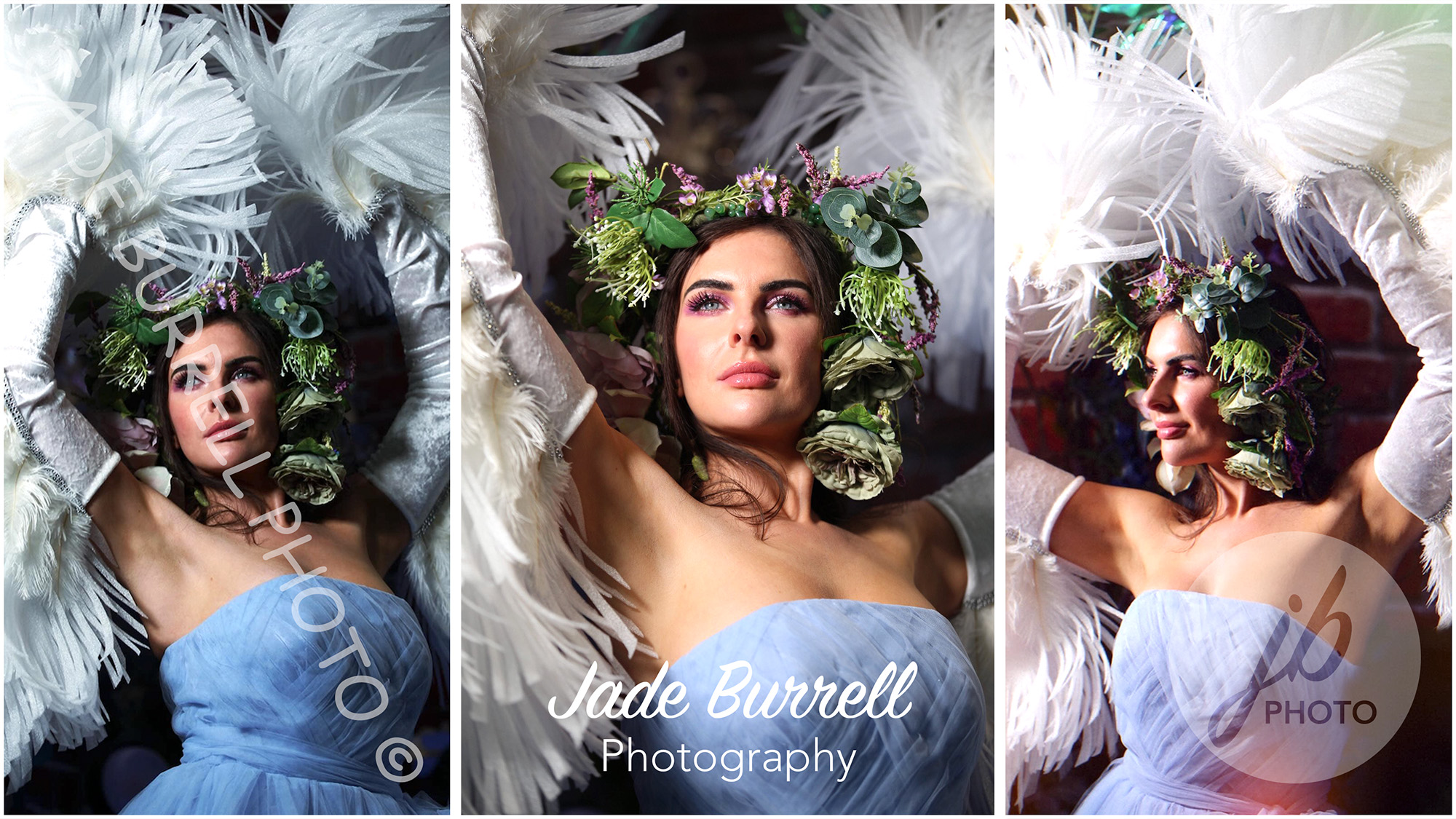How the 28mm focal length stole my heart (and my family photos)
The lens I never wanted became the one I can't live without
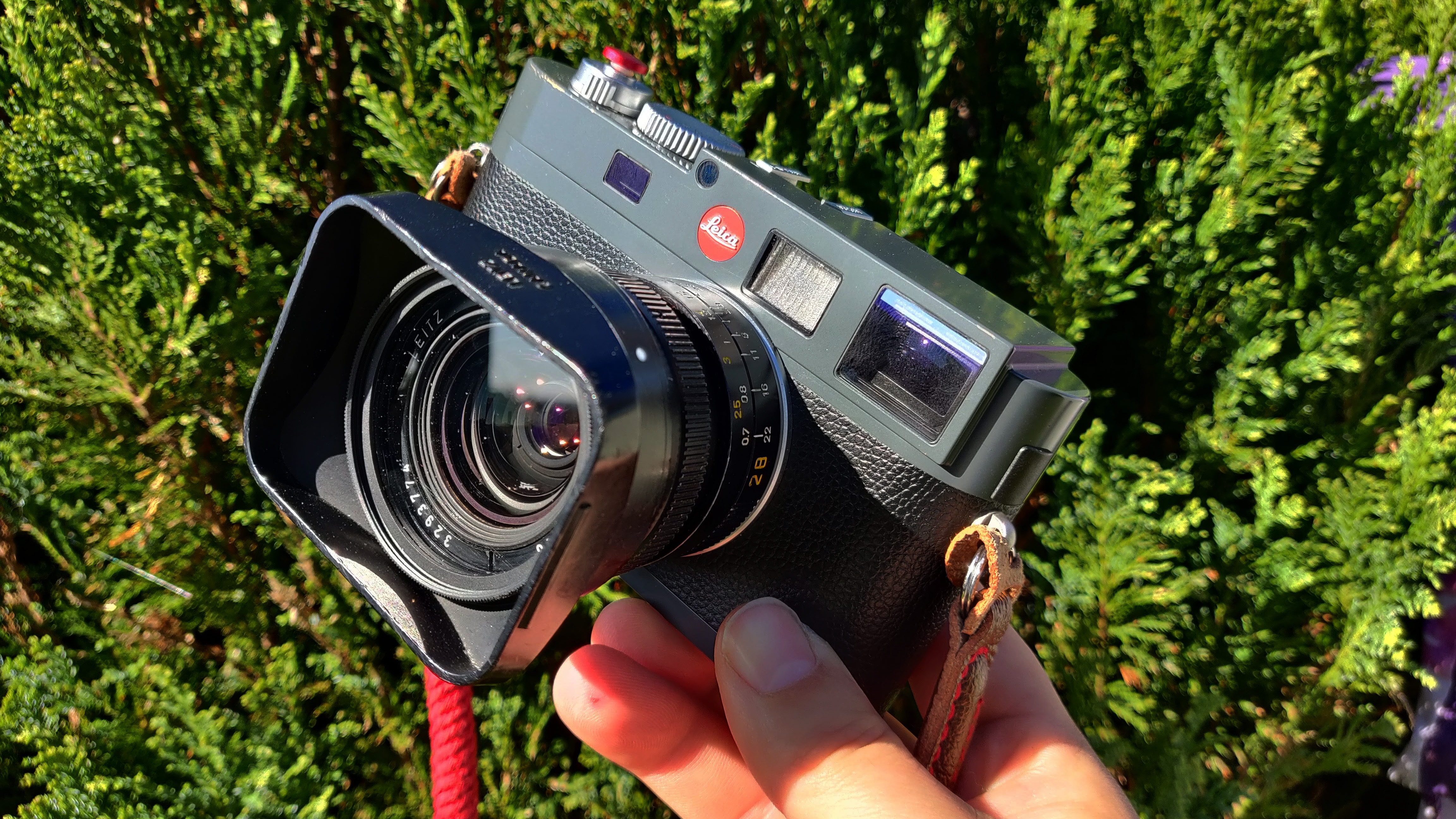
Of all the focal lengths in photography, the 50mm has always been the one that felt like home to me. There’s something deeply intuitive about it, a way it renders the world that feels close to how I see it.
My Leica 50mm Summilux f/1.4 Asph isn’t just a lens I use – it’s the one I take everywhere. It’s the lens I chose to define my work: to document the quiet beauty in everyday life, to find stillness in chaos, and to bring subtle elegance to the mundane.
Wide open at f/1.4, or more often at f/2, it delivers that depth and intimacy I adore. It draws me in and, in turn, enables me to draw others in, too.
But curiosity is a funny thing. It sneaks in when you least expect it. One day, almost on a whim, I picked up a Leica Elmarit-M 28mm f/2.8 – specifically the third version. It wasn't meant to be anything more than a quick trial.
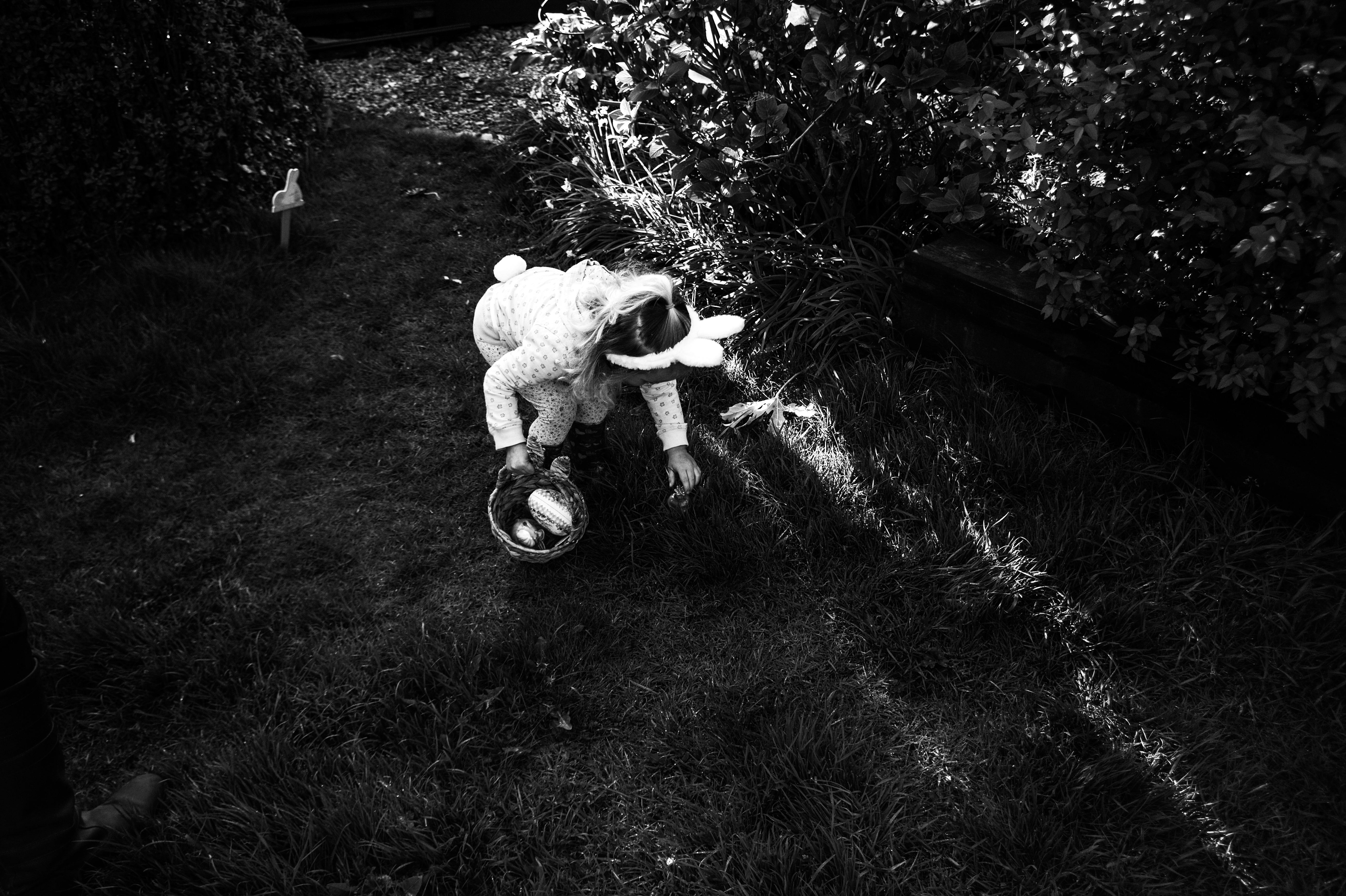
Yet somehow, almost quietly, it changed the way I approached photography at home. With a toddler zipping from one side of the frame to the other, the wider 28mm field of view started to make more sense. It gave me context, movement, chaos – everything I hadn’t known I was missing.
Now I’ve fully embraced 28mm for all things family. There’s a candid honesty to it, especially when you’re trying to keep up with a child who doesn’t believe in sitting still. The lens enables me to get close – physically and emotionally – while still capturing the scene around the action.
The zone focus approach makes it even easier: I set the distance, forget about it, and just respond to the moments as they happen. There’s an immediacy to it that fits perfectly with family life. I don’t need to be fiddling with focus or wondering if I missed the shot, I just shoot – and more often than not, I catch something real.
Get the Digital Camera World Newsletter
The best camera deals, reviews, product advice, and unmissable photography news, direct to your inbox!
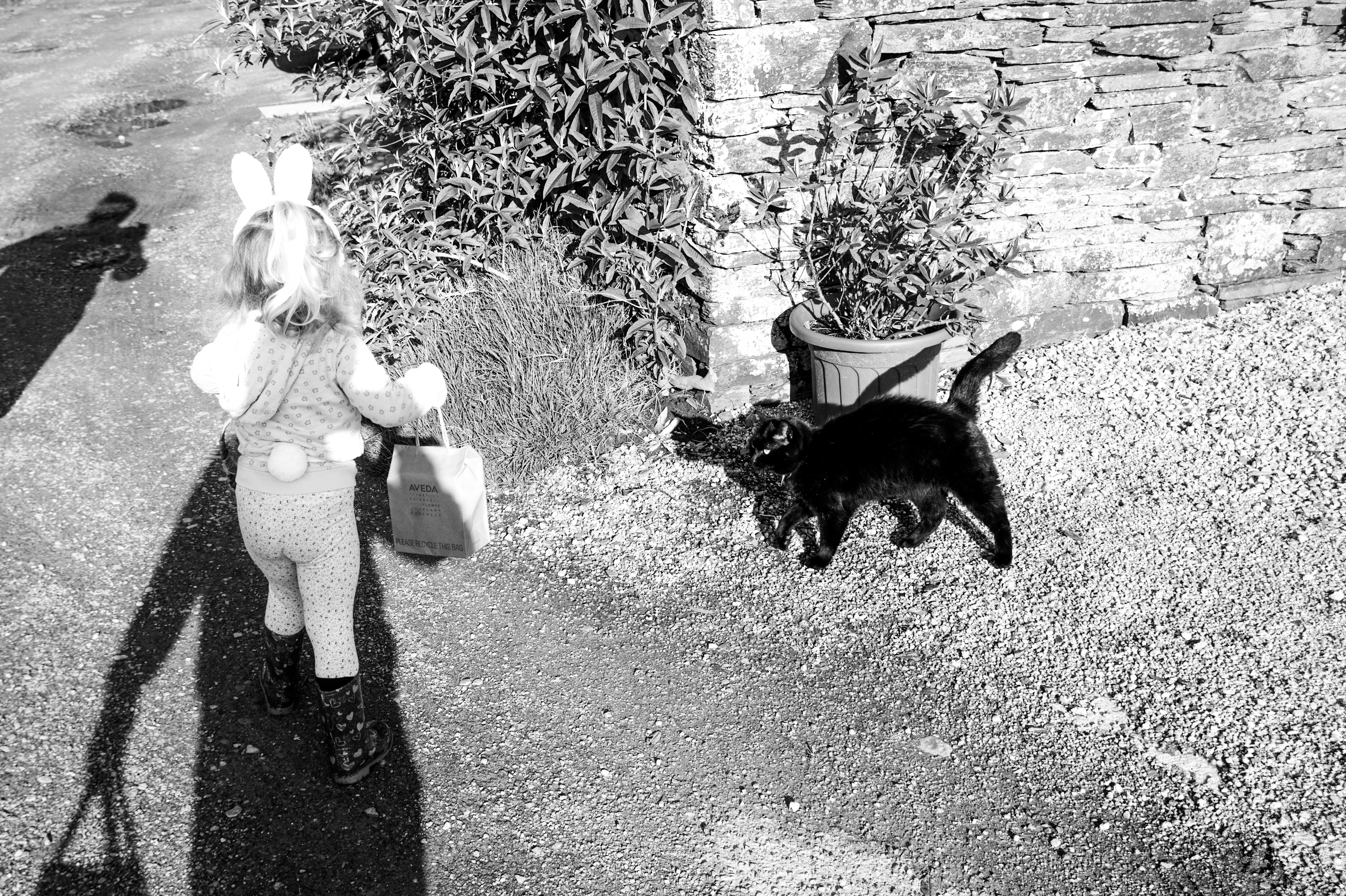
That said, all things come with compromise. The f/2.8 maximum aperture, while far from unusable, doesn’t quite give me the same flexibility I’ve come to rely on with the Summilux. Indoors or in low light, I do miss those extra stops of light – and the beautiful separation that comes with it.
The rendering at f/1.4 or even f/2 has a softness and mood that the Elmarit just can’t quite replicate. But I suppose that’s not what the 28mm is for. It’s not about mood, it’s about energy, presence and quick reactions.
Then there’s the build. While the Elmarit-M Version 3 is still a Leica lens at heart, you can feel its vintage origins from the Letiz Canada factory. It’s well made, absolutely, but it lacks that bombproof, modern precision that my Summilux has in spades.
It’s the little things; the subtle feedback in the focus ring, the slightly lighter build. Not flaws, exactly, just reminders that this lens was born in the Eighties. Still, it’s head and shoulders above most lenses I've used from that era – and optically, it’s astonishing. Leica knew what it was doing.
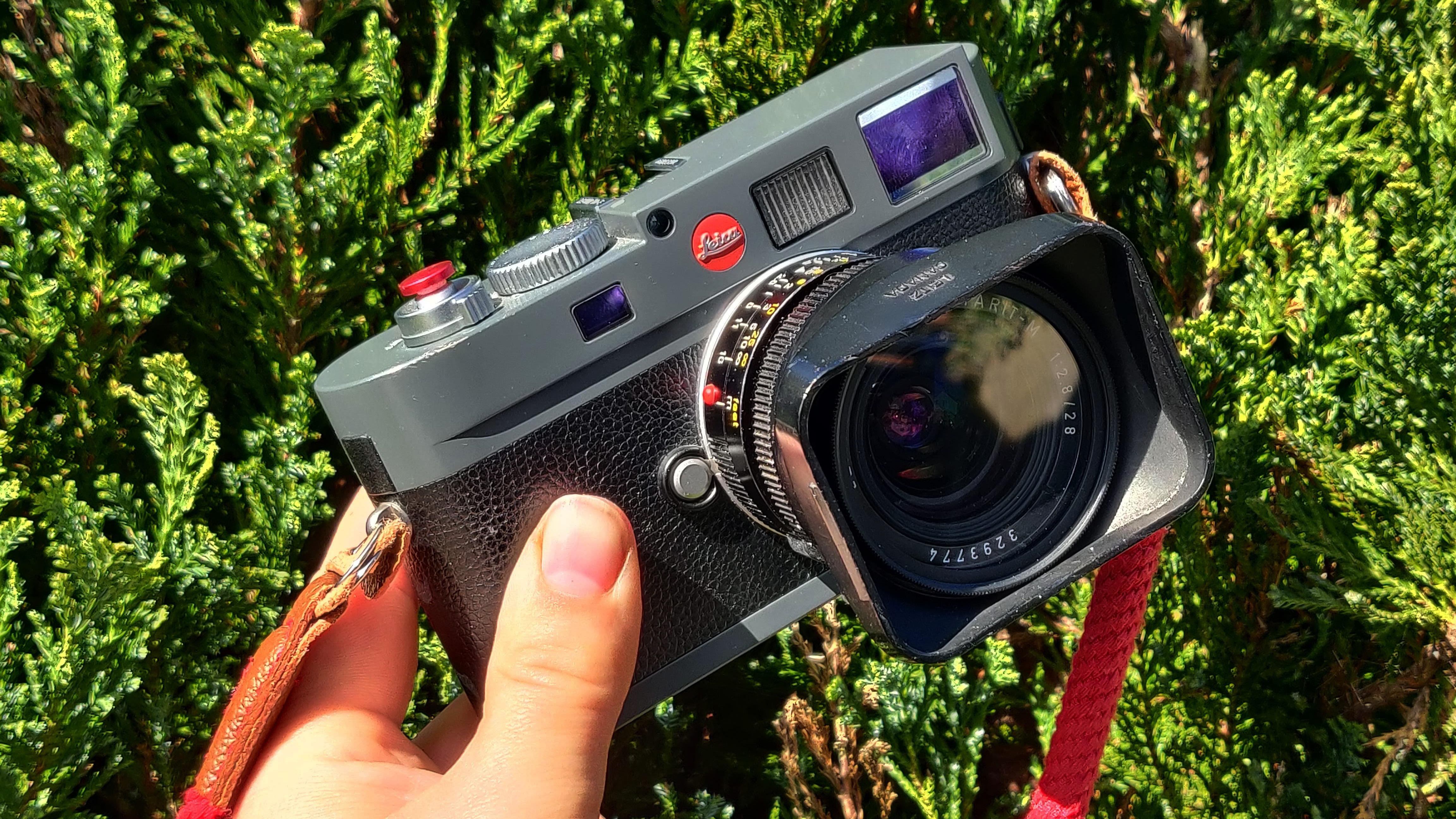
So while the 50mm Summilux remains my artistic cornerstone, the 28mm Elmarit has become the lens of my heart. For every family picnic, walk to the park or rainy day spent indoors, it’s the one I reach for without hesitation.
It wasn’t love at first sight, but it has become indispensable. It’s not the lens I use to document the world at large, but for the world that matters most – my family – it’s absolutely perfect. I only wish I’d found it sooner.
You might also like...
Take a look at the best wide angle lenses to see if expanding your frame expands your horizons. And if you're interested in finding out what that little red dot can do, check out the best Leica cameras.
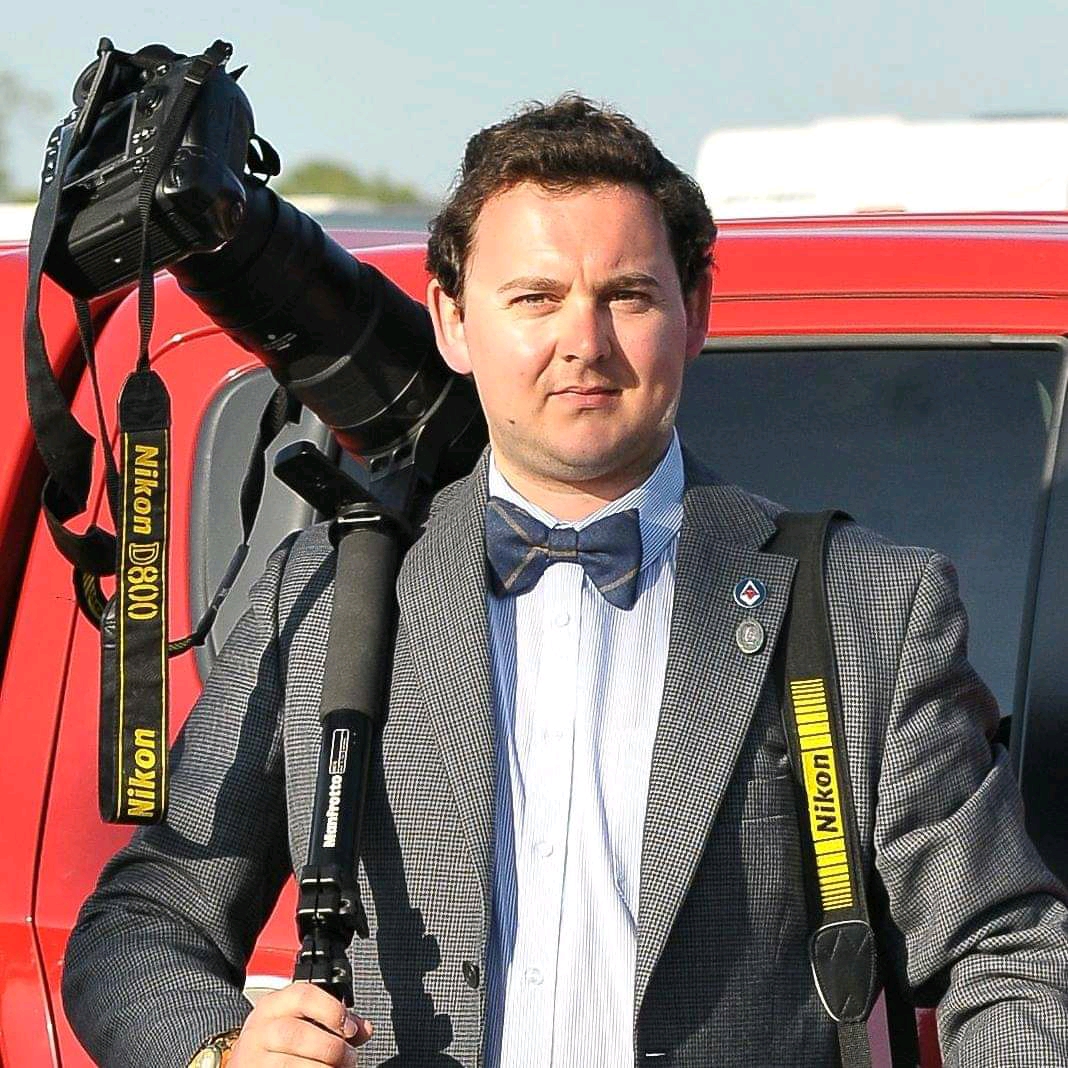
For nearly two decades Sebastian's work has been published internationally. Originally specializing in Equestrianism, his visuals have been used by the leading names in the equestrian industry such as The Fédération Equestre Internationale (FEI), The Jockey Club, Horse & Hound, and many more for various advertising campaigns, books, and pre/post-event highlights.
He is a Fellow of the Royal Society of Arts, holds a Foundation Degree in Equitation Science, and holds a Master of Arts in Publishing. He is a member of Nikon NPS and has been a Nikon user since his film days using a Nikon F5. He saw the digital transition with Nikon's D series cameras and is still, to this day, the youngest member to be elected into BEWA, the British Equestrian Writers' Association.
He is familiar with and shows great interest in 35mm, medium, and large-format photography, using products by Leica, Phase One, Hasselblad, Alpa, and Sinar. Sebastian has also used many cinema cameras from Sony, RED, ARRI, and everything in between. He now spends his spare time using his trusted Leica M-E or Leica M2, shooting Street/Documentary photography as he sees it, usually in Black and White.
You must confirm your public display name before commenting
Please logout and then login again, you will then be prompted to enter your display name.
